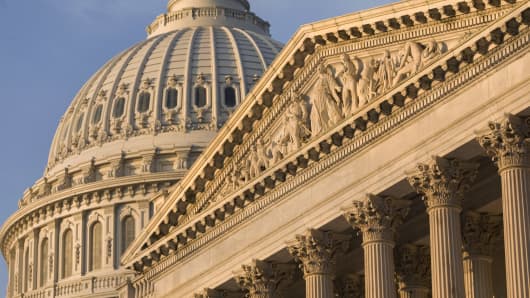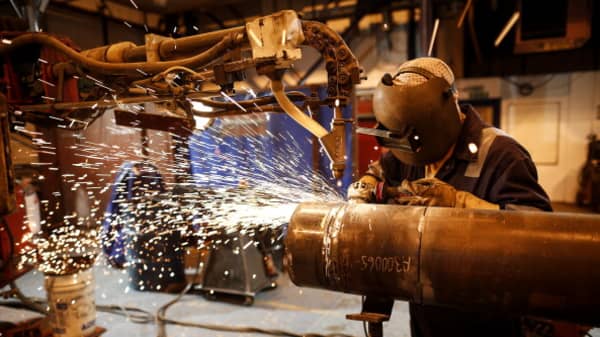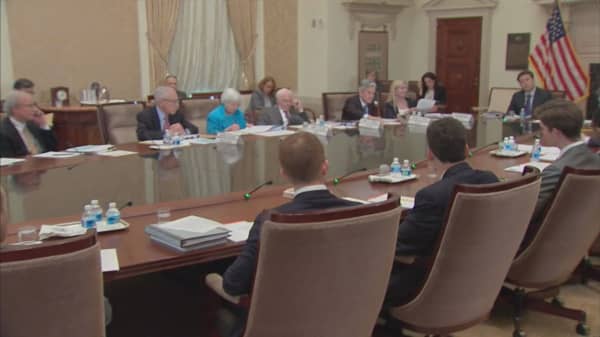If investment is always an act of faith – because it's a leap into an unknowable future – than the numbers on U.S. capital spending in the first half of this year show worrying signs of declining business confidence.
America's investment outlays over that period fell at an annual rate of 2.1 percent, marking a substantial decline from an already lackluster 3.2 percent pace of advance in the second half of last year.
And there is worse. Taking a longer view of this bellwether segment of aggregate demand, which represents one-fifth of American GDP, one can see that the spending by U.S. companies on plant and equipment slowed to a growth rate of 0.6 percent in the year to June, compared with a 5.5 percent growth a year earlier.
This tells us that American companies don't see any compelling reason to expand their factory floors, or to add new capital goods, because they believe they have enough spare capacity to meet current and expected sales from existing production facilities.
No incentive to invest
That is how much they lack confidence in prospects of a steady and sustainable growth of domestic and foreign demand for their products and services.
A longer view of slowing business investments is necessary to dispose of an apparently widely held belief, circulated last week, that the decline of the GDP growth to 1.4 percent in the first six months of this year was just a matter of short-term inventory adjustments.
The idea here is simple: Destocking is generally taken as a good sign for growth outlook, because the aggregate demand is expected to snap back up as industrial production accelerates to restore inventories (-to-sales ratios) to their desired levels.






